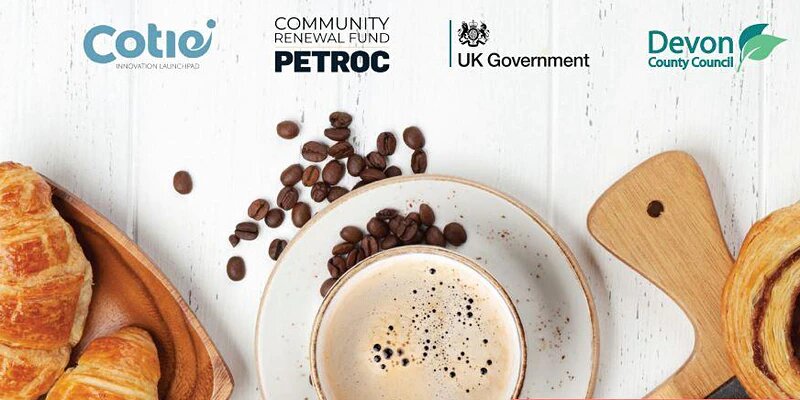Petroc : Breakfast Networking Event
- 09 Aug 2022
- 7:30 am - 9:30 am
- Free
- Cotie, Petroc College, Sticklepath, EX31 2BQ
- Sculpture, Prints, Photography, Paintings, Homeware, Homeware, Textiles, Jewellery, Homeware, Homeware, Ceramic, Cards & Stationery, Drawings
About this event Funded by the UK Community Renewal Fund - Promoting Innovation and Entrepreneurship (PIE) Complimentary continental breakfast available for all attendees The opportunity to try Virtual Reality for Business Networking opportunities Find out about innovation grants, up to £1000, for entrepreneurs* Come along and view the tools that will enable you to implement innovation in your business practices through virtual, mixed and augmented reality. Investigate how immersive technologies can assist organisations with training employees, testing procedures and reducing business risks. To celebrate international Coworking Day why not stay after the event and take advantage of the free offer to work from one of the hot desks (Windows and Apple Mac available)** Don't forget to bring along your business cards. *Subject to meeting eligibility criteria **Limited desks available, please book in advance Extended reality (XR) is an umbrella term covering technologies that merge the physical ‘real world’ with the virtual ‘digital world’. Virtual reality (VR) technology immerses the user into a fully digital environment. This digital environment comprises of a variety of digital objects that the user can interact with through either moving or gesturing in the real world. Current VR systems mostly use a headset, consisting of a display placed in front of the eyes to fill the peripheral vision and provide a sense of depth. Other VR systems include multiple projectors that shine onto a cylindrical or spherical screen to construct an expansive digital image. Augmented reality (AR) technology overlays digital objects or information onto a visible real-world environment. Early examples include head-up displays (HUDs) in military aircraft, which project digital information onto a transparent screen in front of the pilot. However, nowadays AR systems can detect physical objects, use AI algorithms to interpret and map these objects, and then display appropriate information or animations on the screen. Mixed reality (MR) technology can be seen as a hybrid between VR and AR technologies. Similarly, to AR, MR technology superimposes digital objects onto a physical environment, however MR technologies also enables for the user to interact with these digital objects. For example, by tracking hand-movements, MR technology allows for digital objects to be moved or manipulated using gestures. This technology therefore adds an extra layer of immersion compared to AR, whilst maintaining the visual perspective of the real world (unlike VR).
